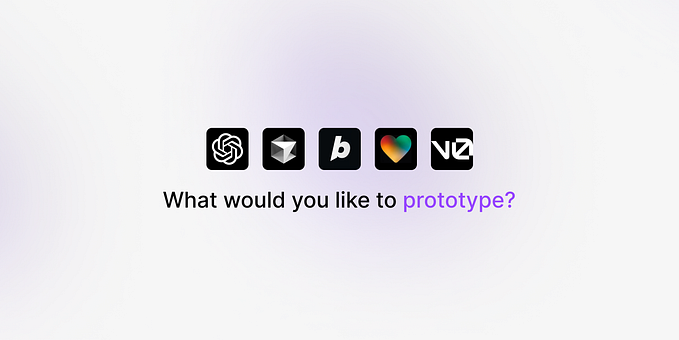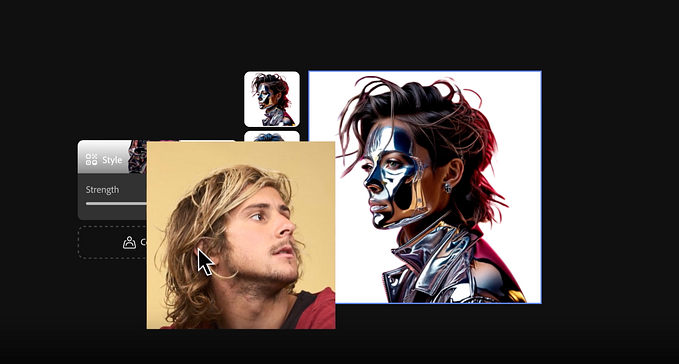Member-only story
Interaction design demands more than visual creativity
Our field has changed; update yourself.

I promise this will be a short article. I want to point out some concerns about how certain designers still don’t grasp what our field is about.
The evolution of digital design
I’ve been working in the human-computer interaction design field for a while and have had the opportunity to work on several projects in different sectors. I appreciate visual design. I started my career as a graphic designer, and I believe in the power of visual design to communicate ideas — before you crucify me.
I’ve seen many visual designers complaining about the homogenization of digital products’ visual design, but this was inevitable — it would happen sooner or later. The same happened in industrial design and architecture: at some point, functionalism and purism concepts prevailed because designers and architects were tired of excessive ornamentation.
From wild west to standardization
In the beginning, the web was almost vernacular, and technology imposed clear restrictions — internet speed in some places was only 56Kb. Today, a single button created in Figma can weigh more than that. Technology not only limits but also defines how…









